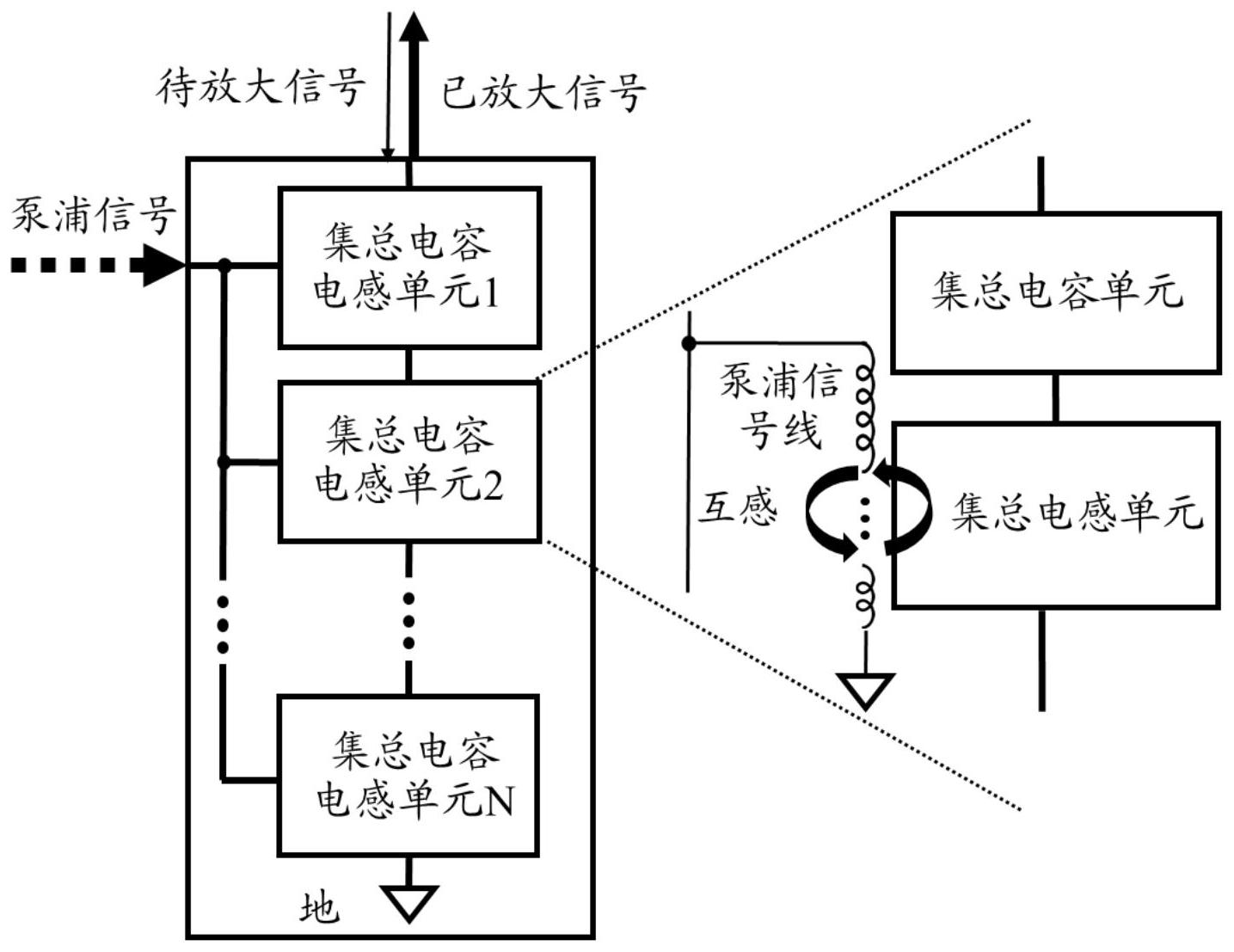To the Experts, can you kindly please explain the significant of these breakthrough.
447 views1 hour ago
447 views1 hour ago
To the Experts, can you kindly please explain the significant of these breakthrough.
447 views1 hour ago
Thanks bro for explaining to us in layman terms.I am not an expert in hardware (so welcome any criticisms), but I think I know fairly well what is happening:
Essentially modern day compute relies on passing electricity through transistors which are physically created on Silicon based chips (though with doping to finely control properties). This has been the basic architecture for a long time, and despite there being some other architectures (like SiC and GaN for power), most have not been able to replace or even pose a threat to this silicon based architecture.
The thing is that you don't need electricity, or even Silicon to implement logic circuits. If I am not mistaken there's even this scene in Three Body Problem (or some other show?) where a computer was built using humans, which acted like transistors, all then arranged in logic gates and higher up.
So, an alternate implementation of logic can be had using photons (or light). So light would be the fundamental unit (rather than electricity) and light would be controlled using a newer equivalent to a transistor, for implementing logic circuits. This potentially can be a game changer by providing huge improvements in power consumption. However, the whole field is experimental, and silicon photonics has a LONG distance to go.
This circuit is a major progress in the field, however still a LONG way before they can be an actual replacement to Silicon-Electron based implementations of logic.

What happened to Huawei P70?
from huawei whisper
...
P70 will start taking orders on 18th to 25th
China's JCET confirms advanced packaging capability for chips below 5nm
Huawei P series has been renamed Pura series. Huawei Pura70 has released a trailer and will go on sale soon.What happened to Huawei P70?
